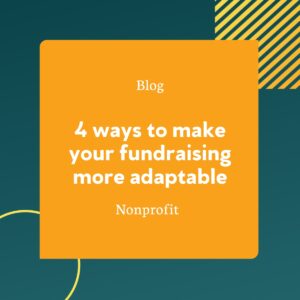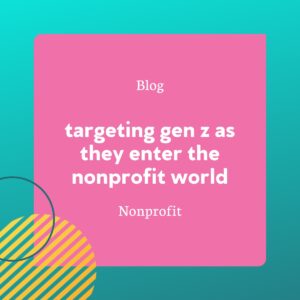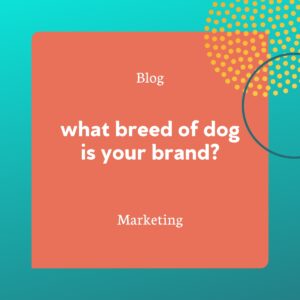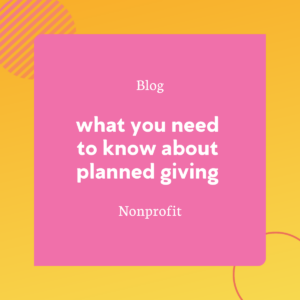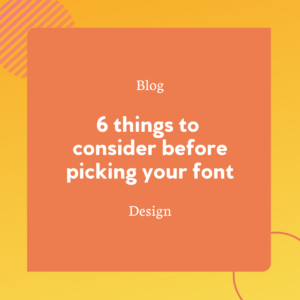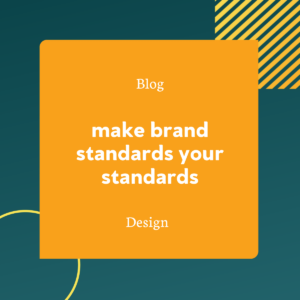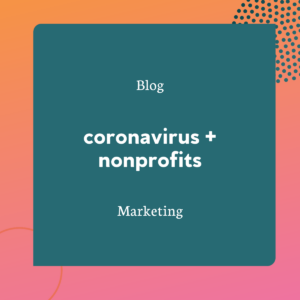Ever wonder what sets a thriving nonprofit organization apart from its competition?
Ever wonder what sets a thriving nonprofit organization apart from its competition? We know that in order to be taken seriously in the nonprofit world, your brand must be consistent and cohesive with its brand standards.
Well, what makes a brand, a brand? A brand is any service, product, person, company, or concept with something exciting that distinguishes them from their competition. Sounds simple, right? Well, as important as all of that is you have to be certain to keep it cohesive. Let’s talk about putting together a brand standards guide, and why it’ll keep you on track.
Brand standard guides are a perfect reference for company newbies, interns that might need to familiarize, or even design agencies hired to create a new campaign for your nonprofit. This ensures that everyone knows what can and can’t be implemented to showcase the brand. The brand standards guide is also a helpful reference point for ongoing material such as social media. It is important to circle back and reference what is and isn’t allowed to be posted on certain platforms, and what the overall presence should look and sound like. But, there is more to a brand than the shiny envelope you package it in. Your brand’s appearance and its voice must align.
consistency
Consistency is key. You’ve heard this before, right? To be consistent is to hold a standard of similarity or uniformity; it is to be unchanging in nature or standard. So, why is brand consistency so important? For starters, many people subconsciously gravitate towards brands or companies with a consistent brand identity. Let’s uncover why:
- When a nonprofit has consistent brand standards, a donor can immediately recognize that this nonprofit cares about the way their mission is perceived.
- This nonprofit’s mission automatically has more credibility. According to Millennium Agency, “Having a strong, well-known brand enhances your credibility with customers, your industry, and the marketplace as a whole. As you build your credibility, you also build recognition, loyalty, and competitiveness. Everything goes hand-in-hand, and you’ll find that your credibility has a direct connection to customers ease of purchase.” A fantastic example of a nonprofit with a consistent and credible online presence is the The Metropolitan Museum of Art. Another credible organization would be Oceana. Both examples show off powerful brand cohesiveness.
Crowdspring went ahead and gathered a few statistics proving that well-designed platforms perform significantly better.
“According to Adobe, companies with a strong design outperform companies with a weak design by 219% on the S&P Index (a stock market index) over the span of 10 years.”
“In fact, 48% of people surveyed by Tyton Media said that the website design of a business was their number one factor in determining the credibility of that business.”
what’s in a guide?
Typically, a brand standard guide contains a few key ingredients. The content may vary, but generally the guide will detail visual styles, voice and tone, and brand ideologies. Let’s discuss what those key ingredients look like.
tone
It is important to set a strong tone of voice for your nonprofit. Do you want to come off as approachable and friendly? Do you want to sound serious and down to business? The tone will be weighed by the product or service you provide. For instance, your local zoo might want to come off as friendly and approachable, like the guides and zookeepers are your best buds. A domestic violence organization may want to voice a more serious tone in order to assure you are in responsible hands.
A great example of a friendly nonprofit would be the Cincinnati Zoo. The zoo does a wonderful job of engaging its visitors both in person and online. Their baby hippo, Fiona has taken the internet by storm, and their voice is cheerful and fun when highlighting animals like her on their heavily followed social media platforms. Your nonprofit’s voice must stretch well beyond your marketing.
A company that gives off a comforting yet serious tone is theNational Domestic Violence Hotline. They keep things to the point, while ensuring their audience that they can find support. They even go as far as ensuring website visitors are able to reach out for help discretely if they are in dangerous situations.
logo
When it comes to consistency, you want to ensure your logo is not everchanging. Your logo is the first thing donors will recognize, so your simplified logo mark must be a substantial representation of that. A few timeless logos are World Wildlife Fund, UNICEF, and the American Red Cross.
color palette
When choosing colors, keep a select few for your color palette, and only a couple of secondary alternatives to pair them with. Colors pack a psychological punch, so be sure to use ones that are associated with your mission. For example, pink emotes compassion, whereas blue evokes sadness. An example of a nonprofit that uses bright colors to convey the joys of youth would be Girl Scouts of the USA. An example of a more serious tone would be the ACLU with dark grays, and black paired with moodier purples and noble golds.
font
When choosing typefaces that speak to your brand’s voice, be sure you are selective with your headline choice, while keeping your subheadlines and body copy in sync. Family Promise of Arizonahas a typeface that is specifically used when something is to be read in “the voice of a child”. This typeface is a depiction of a child’s handwriting. When Family Promise needs to convey a more serious matter, the fonts switch to a professional san-serif. These font choices will give strength to your message while also carrying consistency through your brand.
photography and assets
When implementing photography, make sure your stylistic choices are matched with the personality your brand is portrayingUse imagery that brings the heart of your mission to life. There are many different styles of photography, so when you are looking for something to fit your nonprofit’s mood, you have a few options to consider. Do you want your imagery to portray an elated mood, or are you looking to say something more serious? This goes hand-in-hand with setting your tone. Brighter imagery with smiling subjects will set a more hopeful mood, where you would find that black and white imagery may not be able to convey that as well.
Donors will be much more likely to respond positively to your nonprofit if you visibly have your "ducks in a row" so to speak.
By keeping your brand’s appearance uniform, and ensuring your organization’s voice stays within the same tone, your brand will already have an upperhand among the competition. Not sure where to start?
